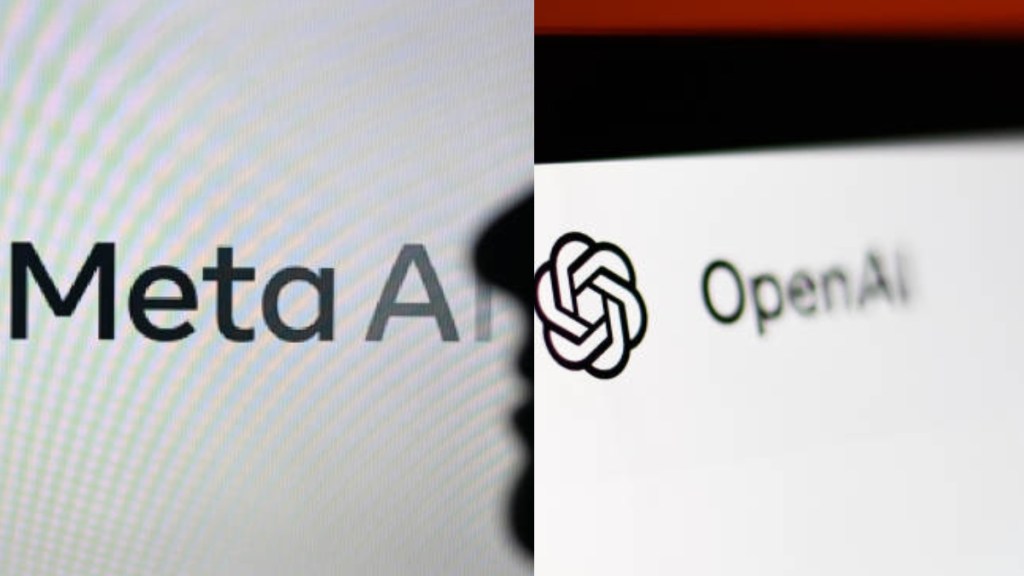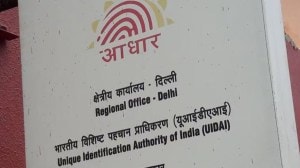It’s been almost two years since generative artificial intelligence (AI) chatbot ChatGPT debuted and took the tech world by storm. Soon, several others rushed to produce their iterations of chatbots, and the internet was flooded with such AI tools. Here is a comparison of some AI chatbots and their informal assessment using individual experiences:
ChatGPT
Being a conversational platform in the form of text, it has become a go-to platform to simply engage, ask questions, and speak with. If you need any advice or suggestion, say if you should take a personal loan, it does give a clear answer. However, if you ask it to do the simple math of how much interest a bank will get, it will say it does not have the expertise to calculate and would give you a formula and ask you to do it yourself. From this you can get an idea to which extent it is helpful. It is not akin to a search engine for sure. While it does understand language that is not even grammatically correct, its limitations lie in not being able to identify the correct gender of a person despite enough information available online. If you ask it to do some research for you on a certain topic in a timeline, it will provide you with comprehensive answers but can also repeat individual results. It does not provide any weblink or source either, so cross-checking and manual verification becomes extremely important.
Strength: Known for conversational abilities and versatility, great for general enquiries and complex dialogue, ability to handle different tasks
Weakness: Sometimes gives incorrect information with confidence, does not cite sources
Meta AI
Meta AI is available on WhatsApp, Instagram, Facebook, and Messenger and is a rage because of its ability to not just answer questions but also generate images. While its ability to answer questions and provide suggestions, say of a vacation plan, or which phone to buy under a budget is quite good, it is again not equivalent to a search engine. What is good though, is that it uses Google Search and Bing, so it can provide links to articles related to your query. When it comes to image generation, it is not as sophisticated and can generate simple images. If the prompt is complicated with more nuanced elements, instead of providing the generated image, it will rather give you a link to a related article with a short brief.
Strength: Strong language comprehension, provides source, connection with Meta’s system, can generate simple images
Weakness: Not easy to access and not available to the public who don’t have Meta’s account
Krutrim
It is India’s first complete AI solution focusing on Indian languages and is more of a chatbot catering to language and translation. It does a fairly good job of translating from Hindi to English despite sentences being broken and words scattered. It can understand the Indian language text written in Roman script and can translate those. The manner of its responses is emotive and makes one feel familiar. It can answer simple questions and provide information but many times as simple an inquiry like a phone suggestion under a budget which ChatGPT and MetaAI can easily provide, Krutrim struggles and would typically say there is no specific information in publicly available data. It is good for translation and understanding text in Indian languages irrespective of their script even if they are written in Roman text language.Other than English, it has services in eight Indian languages. It can perform simpler tasks and provide basic suggestions and instructions to schedule an appointment using digital calendars and perform basic calculations.
Strength: Focused on Indian languages making them accessible and easy to use for users, emotive language
Weakness: Not able to provide answers to basic questions despite publicly available data
BharatGPT
It is another answer to ChatGPT by India which has offerings in text, voice, and video across 12 Indian languages and has been positioned as an enterprise conversation AI platform. It can be used by developers and businesses to create text and voice enabled multi-lingual virtual assistants in a few seconds by adding the content or documents specific to their business or use cases. For example, if you upload documents on a certain topic, its virtual assistant will make a brief summary in the chosen language along with references from the document which can be accessed to cross-check with just a click. It also provides the option to generate videos, however, that is not available in the free version. At its launch in December last year, a lot of emphasis was put on data safety, and it was claimed that sensitive information is handled with care as data will remain in India.
Strength: Knows Indian language, good for analysis and summarisation of key points from big documents across formats, claims of data safety
Weakness: Interface is a bit complicated and requires multiple logins, dependent on specific training, and somewhat time-consuming
Writesonic
Writesonic is an AI tool for content writing for marketers, agencies, and enterprises. It also helps with SEO and
conversations chatbots. After giving a general prompt to write an article on a certain topic in a word count, it asks specific questions inquiring elements that need to be highlighted. It does do a basic job of coming up with an article but those are not well-researched unless the user has given those pointers to be included. It heavily depends upon human intervention, in other words. Its humanising tool can make the write-up seem somewhat conversational and human-like however, any basic AI detection tool can easily find out that it is AI-generated.
Strength: Good for writing basic articles, easy to use, clear instructions required
Weakness: Heavily reliant on specific prompts, humanising tool not that appealing








